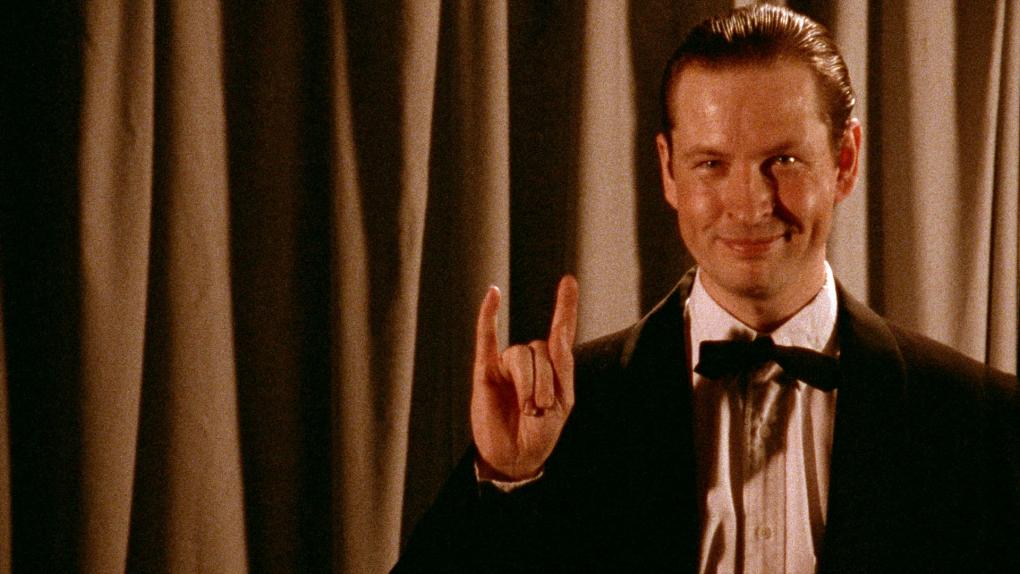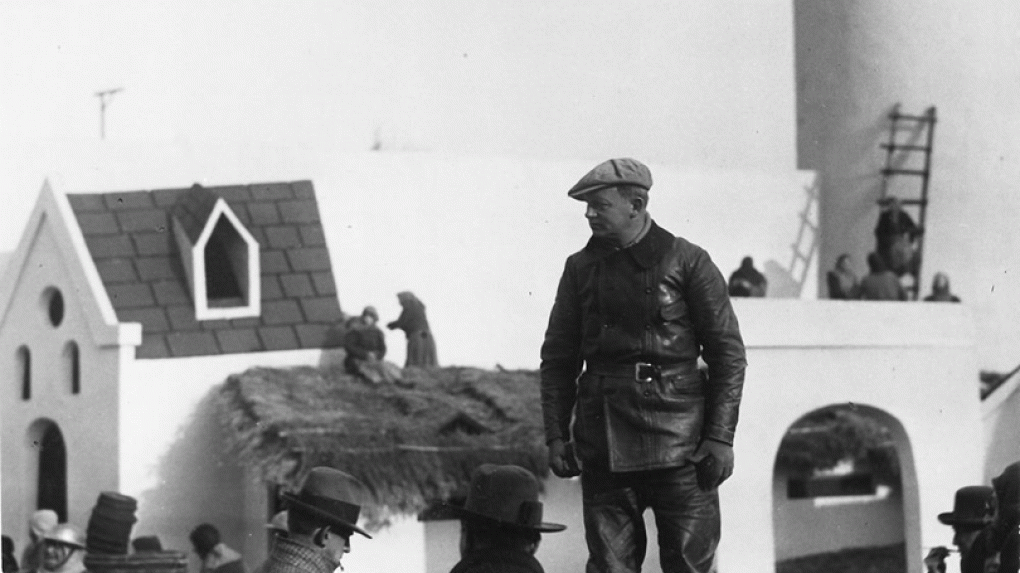
Maison Larsen
Let’s turn back the clock to 1926 and Paris, when the tuxedo was made at the Larsen fashion house. Lars Larsen (1871-1945) was originally from Vendsyssel in Denmark and came from a poor background. He founded his company in 1910 and quickly became one of Paris’ best gentlemen’s tailors. In the late 1920s, the Larsen fashion house employed between 50 and 60 tailors and boasted several prominent customers, including Maurice Chevalier, Prince George of Greece, and Prince Valdemar of Denmark.
7-9 Rue La Boétie in Paris today, the address of Maison Larsen. Google Street View.
His business was located at 7-9 Rue la Boétie, a very exclusive and expensive neighbourhood in Paris that remains so to this day. A set of clothes cost between 1,000 and 1,500 francs, and Larsen earned enough money to be able to buy himself a castle on the banks of the Seine.
Dreyer in Paris
Carl Th. Dreyer moved to Paris in April 1926 with his wife and two children. He’d signed a contract with the production company Société Générale de Films without having a specific film project. The lucrative contract with the film company, which entailed an apparently limitless budget and full control over all aspects of the production, had become possible after the international success of ’Master of the House’ the year before. In 1928 ‘La Passion de Jeanne d’Arc’ premiered – a film that was to become Dreyer’s masterpiece and to this day holds its place as one of the best films in the history of cinematography. But in 1928 it was met with lukewarm reviews and shrinking audiences.

Before this, however, one day in 1926, Dreyer walked through the door of the Larsen fashion house and ordered a tuxedo. Although we don’t know the specific circumstances, it’s a known fact that Dreyer was a thrifty man who didn’t throw money around. To turn to a compatriot in this matter and acquire such an expensive piece of clothing with a certain value and status must have been a decision that came naturally to Dreyer.
Larsen’s clever idea
The tuxedo itself is sewn from strong wool fabric woven in an elegant stripe pattern with a shawl collar made of silk or satin. The stripes are repeated in the lining and on the bands sewn on the outer seam of the trousers, which are characteristic of formal trousers.
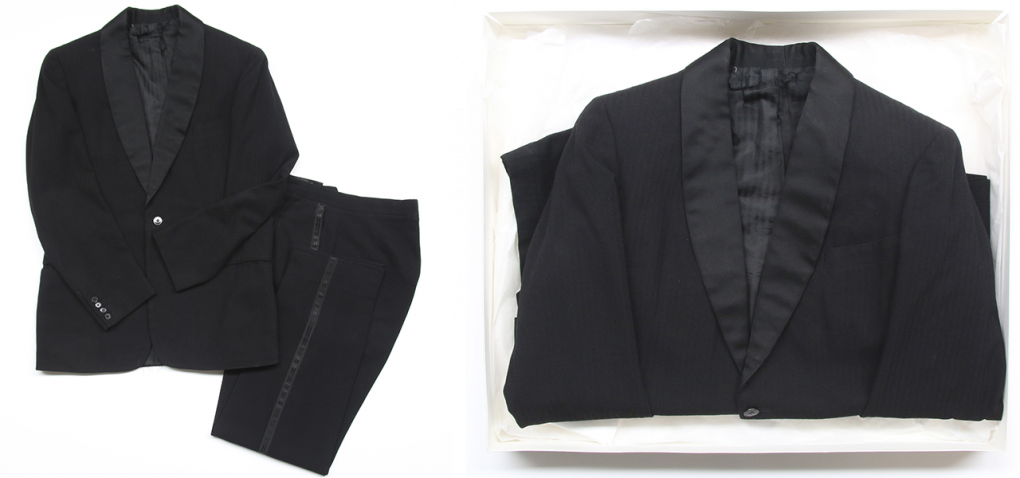
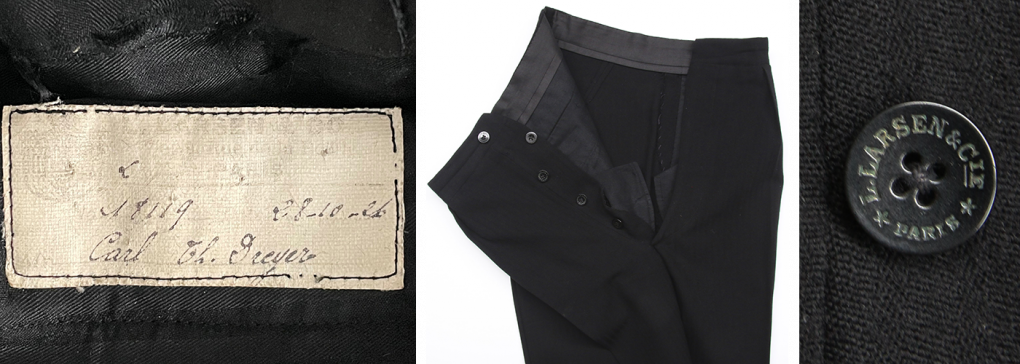
In the breast pocket there’s a label with the text: L. Larsen & co., Rue de la Boëtie, Paris 18119, 28.10.26, Carl Th. Dreyer. The trousers are sewn with pleats, so they can be expanded to accommodate a growing belly. This was a clever idea that Lars Larsen was allegedly the first to think of.
The trouser buttons are embossed with Larsen’s name, while the jacket’s only button is without a name and seems to be more recent. An almost invisible repair has been performed on one trouser leg.
First heir: Henning Bendtsen (1925-2011)
Many years later, the tuxedo changes hands for the first time. Dreyer shot what was to be his last film, ’Gertrud’ (1964) and he wanted to thank his photographer, Henning Bendtsen, with a gift. He decides on the fine tuxedo, which Dreyer eventually can no longer fit in (Århus Stiftstidende, 27/12/1998), despite the clever pleats.
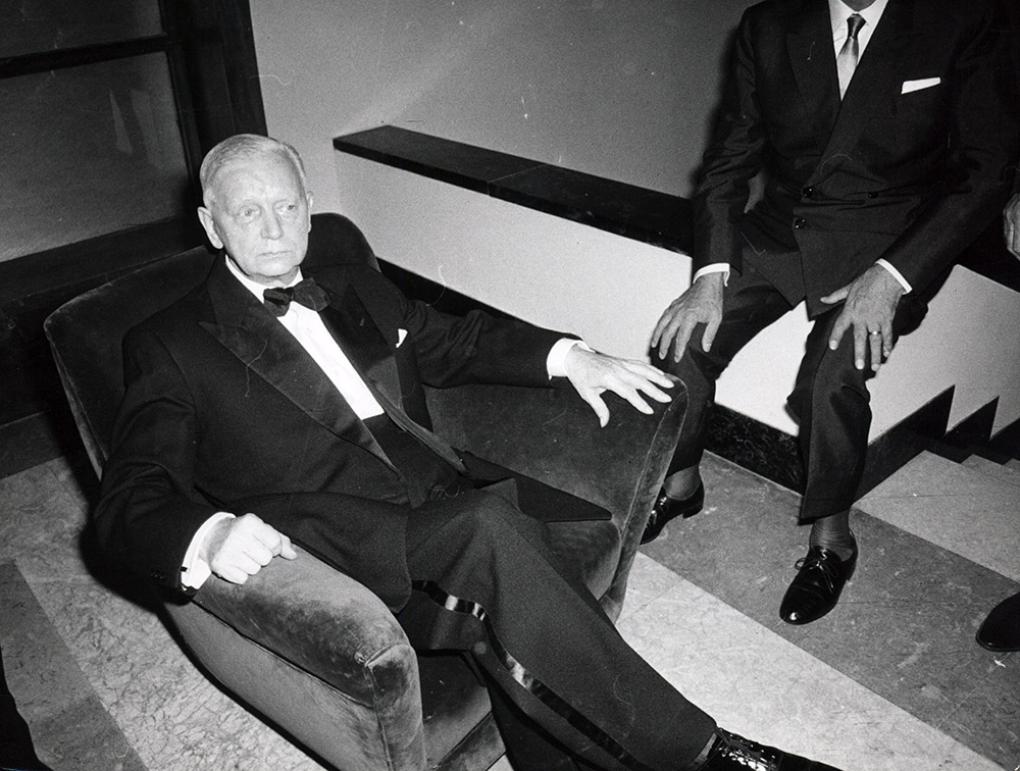
Bendtsen has it adjusted to his own measurements and in a slightly more modern cut. The fabric is so exclusive that it can no longer be obtained. After Bendtsen had shot ’The Word’ (1955) nine years earlier, he received another gift from Dreyer – a pair of Bally shoes, which Dreyer had never worn because they pinched. The shoes and the tuxedo are among the best gifts Bendtsen had ever received. Bendtsen also wore Dreyer’s tuxedo to the Bodil Award ceremony in 1968.
Second heir: Lars von Trier
When Lars von Trier was to make his second feature film ’Epidemic’ (1987), he chose Henning Bendtsen as his photographer. Trier has never tried to hide that Dreyer was a source of great inspiration, and the opportunity to work with Dreyer’s photographer was an obvious choice. The collaboration continued in Trier’s next film ’Europa’ (1991), which earnt him a Grand Prix de la Commission Supérieure Technique in Cannes.
Before the premiere of ’Europa’, Bendtsen presented his highly prized tuxedo to Lars von Trier. Trier wore the tuxedo at the premiere party, and said “it’s really hot in it, but I’m humbled by the material” (B.T., 16/08/1991). Bendtsen asked him to keep the tuxedo, look after it, and then hand it over to the Film Museum.
Many people have seen the tuxedo without even knowing it. It appears at the end of each episode of ’The Kingdom’ I-II, where Trier wears it when he pleads with the audience: “Be prepared to accept the good with the bad”, accompanied by the famous hand signs.
Trier granted Henning Bendtsen’s wish that the tuxedo should be donated to the Film Museum – which is now the Danish Film Institute. It’s here that the 100-year-old tuxedo with its remarkable history is stored in the best possible conditions and will never again be worn by anyone or taken to any more parties.
